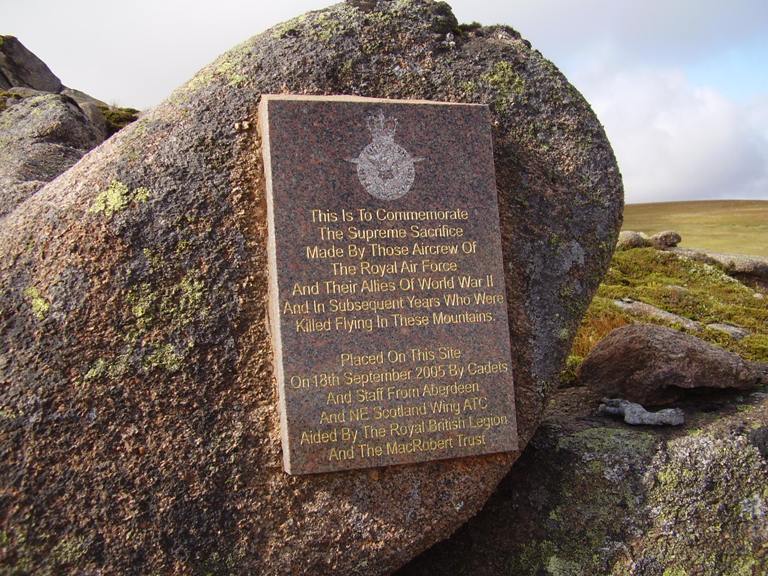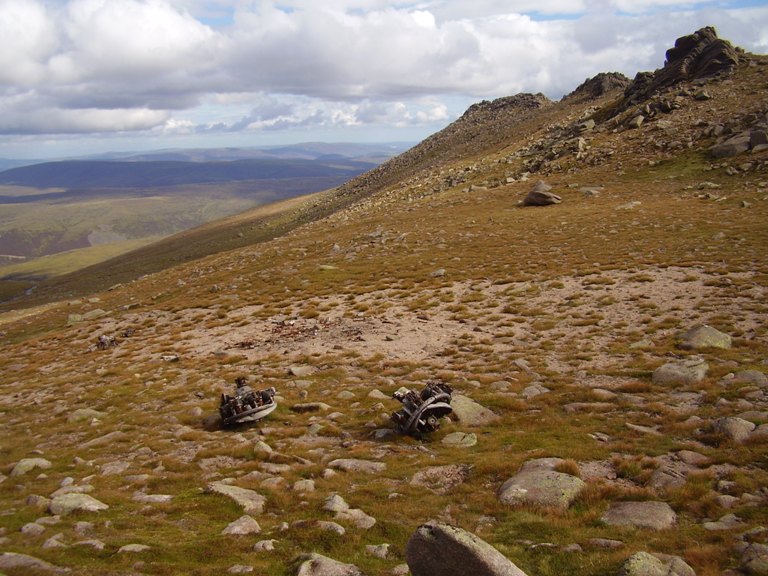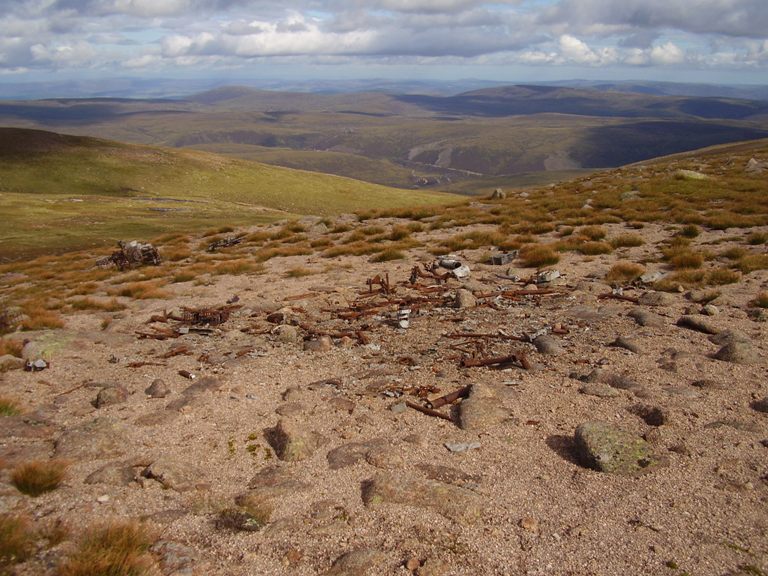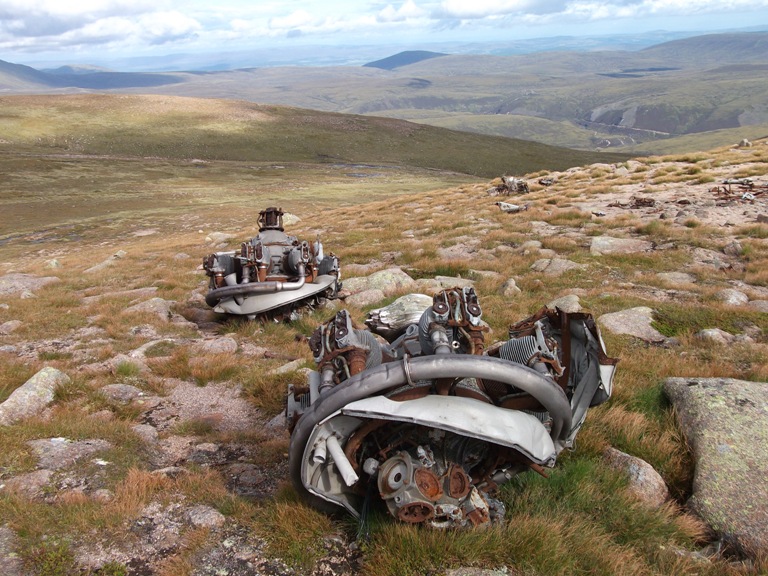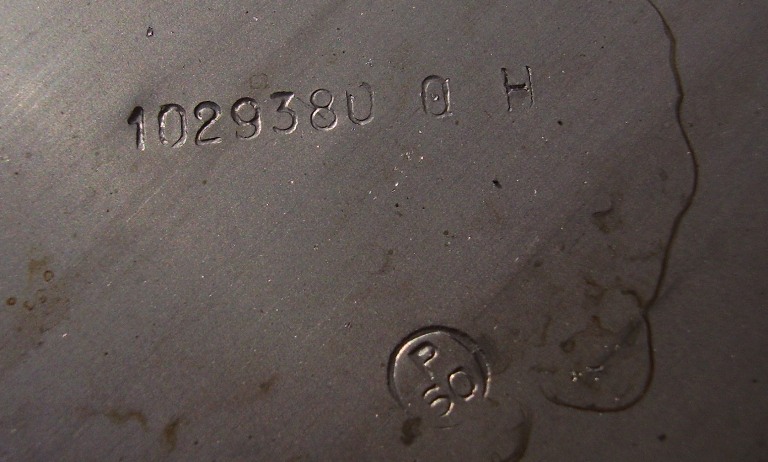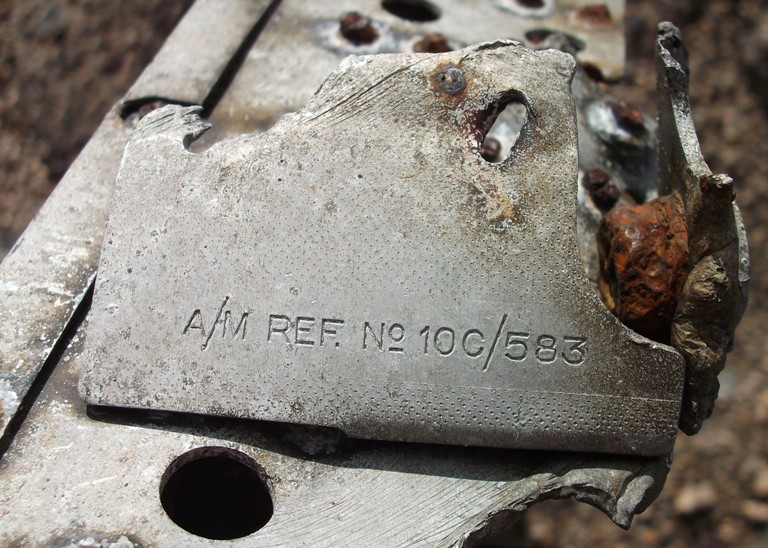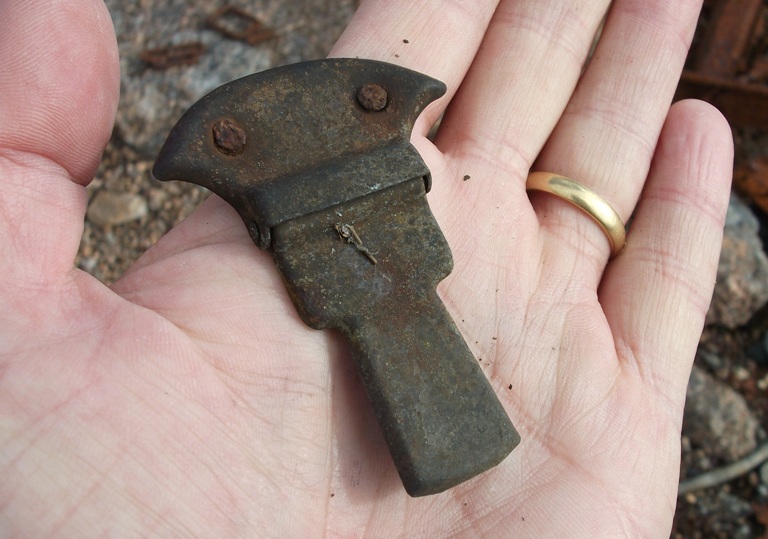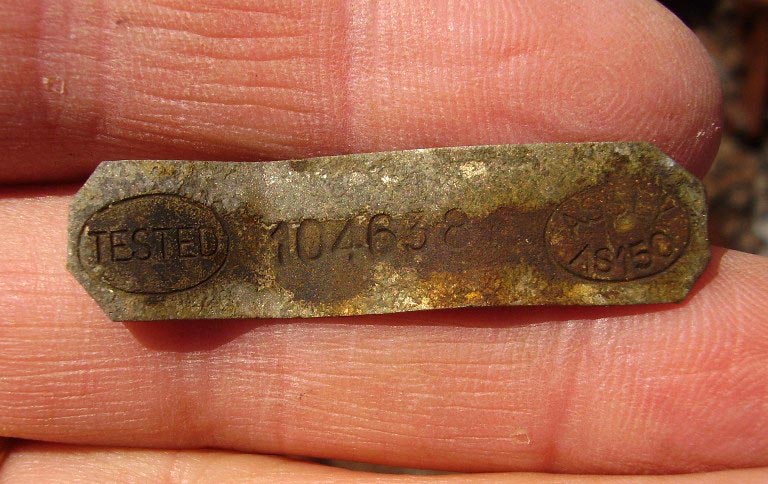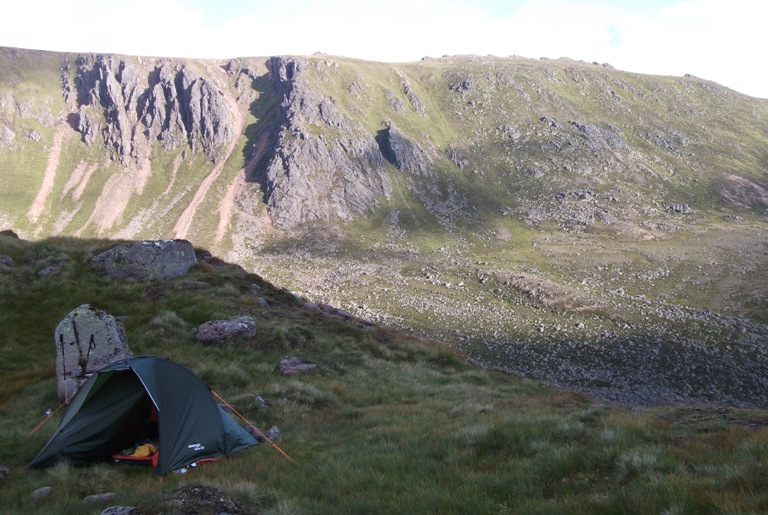On 10th January 1945 this aircraft took off from Tain airfield at 10.45hrs with the intention of flying to Hornchurch airfield near London. On board were five Czech airmen from 311 Squadron, one of which had been awarded the DFC and was being flown south to be invested with the award at Buckingham Palace later that week. Some of the others in the aircraft had completed their Tour of Duty and were heading away for a period of leave and had hitched a ride in the Oxford. The first named below was then to return the aircraft to Tain from Hornchurch but the most senior officer on the list below was the pilot for the first part of the flight. The weather at Tain was good when they set out though poorer weather was forecast. The Oxford failed to arrive at Hornchurch and it later transpired that it had not landed anywhere else so it remained recorded as being missing for some seven months.
On 19th August 1945 the wreckage of Oxford PH404 and the bodies of the airmen were discovered by two hill walkers climbing the two munros of Beinn a'Bhuird and
Ben Avon almost certainly from the Glen Avon side (pretty much like myself and Will Lund did sixty four years after them). Dr James Bain and
F/Lt Archie Pennie found the cockpit and tail sections of the Oxford were reasonably intact which probably occurred as the aircraft had crashed
into snow and had slightly cushioned the crash. The two walkers found the bodies of two airmen outside the aircraft and two others were located
in the remains of the cockpit. They also found the body of the fifth airman who had survived the crash and had attempted to keep himself alive
inside the remains of the fuselage by wearing several layers of clothing belonging to the other dead airmen in an effort to stay warm. He appeared
to have suffered a serious head injury and had bandages on a head wound. Perhaps he was banking on being rescued but with the crash occurring in
a very remote mountainous area in Winter this rescue never came and he sadly died of his injuries.
After reporting their find to local police a large recovery team headed to the site the following day, this group consisted of Police, RAF members
and local people. There was great difficulty in recovering the bodies of the airmen and it initially considered that the airmen be buried on the mountain.
This request was refused and the order was that that were to be recovered, over the course of ten days and with the help of Army personnel based in the area, their bodies were and they were buried in Brookwood Cemetery on 3rd September 1945. As appeared common at most Oxford crash sites the remaining wreckage was burnt on site and probably pretty much left as it is today.
Linzee Druce has by far the best account of this incident on the internet here though there is also
a further very detailed account on Pavel Vancata's website.
Pilot - S/Ldr Karel Kvapil RAFVR CZ (82614), aged 26. Buried Brookwood Cemetery, Surrey.
Passenger (/Pilot) - WO Rudolph Jelen RAFVR CZ (788022), aged 22? Buried Brookwood Cemetery, Surrey.
Passenger (/Pilot) - F/O Leo Linhart RAFVR CZ (147633), aged 32. Buried Brookwood Cemetery, Surrey.
Passenger (/Pilot) - F/O Jan Vella DFC RAFVR CZ (159265), aged 39. Buried Brookwood Cemetery, Surrey.
Wireless Operator / Air Gunner - F/O Valter Kauders RAFVR CZ (175474), aged 26. Buried Brookwood Cemetery, Surrey.
Photographs of the crew, left to right..Kvapil, Jelen, Linhart, Vella and Kauders. Found on this website.
Karel Kvapil was born on 28th March 1918 in Litovel, Czechoslovakia. He trained at 11 OTU in the UK begining 24th September 1940 and was posted to 311 Squadron in mid-October 1940 as a navigator. It is believed that he completed one Tour of operations with 311 Squadron and after spending time with 1429 COTF (Czech Operational Training Flight), 32 SFTS
and 111 OTU he was posted back to 311 Squadron in September 1944 as a fully trained pilot. He flew a total of seven operational flights as captain of his aircraft in addition to the Tour he completed earlier in the War. He rose to become B-Flight Commander of 311 Sqaudron on 6th November 1944 until his death.
Rudolf Jelen is listed as being born on 30th March 1902 in Bystrice, Czechoslovakia though this date would seem to make him too old for RAF aircrew and is more likely to have been 1912 or 1922 (CWGC list his age as 22 at his death though the photograph above does seem to suggest that he was older than this and thirty two would appear more like). He begun training at 6 (c)OTU in the UK on 23rd February 1943 and joined 311 Squadron flying Wellingtons in May 1943, he later converted to fly Liberators with the unit.
Leo Linhart was born on 16th November 1912 in Zell am See, Austria. He also trained at 6 (c)OTU begining 6th July 1943 until posting to 311 Squadron in August 1943 until
December 1943 when he was posted to 111 OTU until April 1944 when he was posted back to 311 Squadron. In total he flew 37 operational flights with 311 Squadron.
Jan Vella was born on 10th May 1906 in Kladno, Czechoslovakia. He trained as a night-fighter pilot in the 1920's in his homeland but left the Czechoslovakian Air Force
in 1928 and became a train driver in Prague. He left his homeland in 1939 and joined the RAF on arrival in the UK. After training he was posted to 312 Squadron on 28th October 1940 where he served until
31st March 1941. He then served with 41 Group until January 1943 when he was then posted to 6 (c)OTU for training to fly Wellingtons before being posted to 311
Squadron in May 1943. 311 Squadron converted to Liberators in June and July 1943 and he returned to operational flying on 27th August 1943. Between that date and
the end of 1944 he flew a remarkable 63 operational flights. He was recommended for the DFC towards the end of this period of operational flying.
Valter Kauders was born on 18th April 1918 in Praha, Czechoslovakia. On arrival in the UK he trained as a wireless operator and after training at 1429 COTF he was posted to 311 Squadron in July 1942 where he served until his death in January 1945.
All five graves in Brookwood Cemetery and a photograph of the Czech plot. I thank Mr Neil Smith for kindly photographing these gravestones at Brookwood Cemetery and supplying them to this webpage.
A memorial was erected on the site of the crash in 2005 and commemorates all who died in air accidents in the Cairngorm mountains.
An overview of the main crash site with the two engines in the foreground.
A second shot of the area of the crash.
The two engines.
A large pieces of the Oxford main structure that escaped the fire.
A typical Oxford part number sequence.
These parts are believed to be the undercarriage levers from the cockpit and an up-turned generator suppressor unit.
Two Air Ministry pieces of equipment. The part above was on a large electrical box while the small cover below is probably from an electrical socket.
What appears to be the catch from a suitcase, this would back up the story of some of those heading to London for a spot of leave which makes this a very poinient find.
An inspection tag containing an Oxford part number and an "AS" Airspeed stamp.
My campsite for the night before I visited the site the following morning. The aircraft crashed onto the mountain on the centre of the horizon.
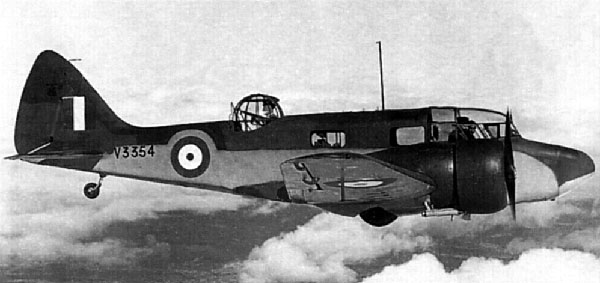
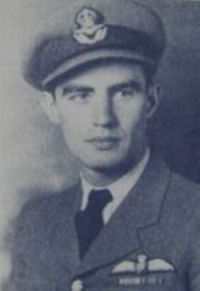
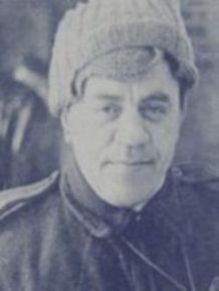
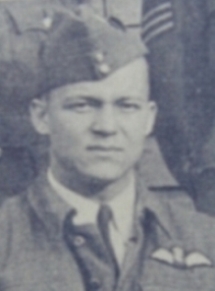
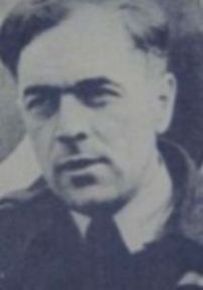
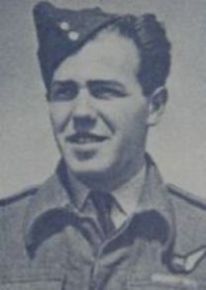
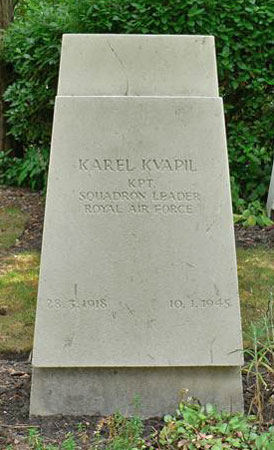
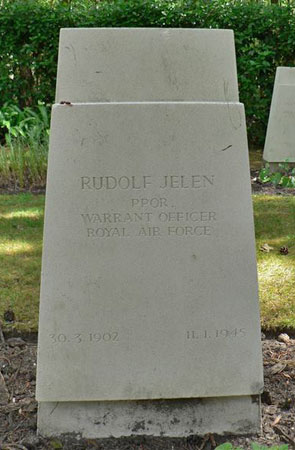

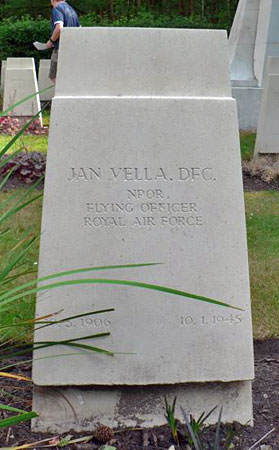

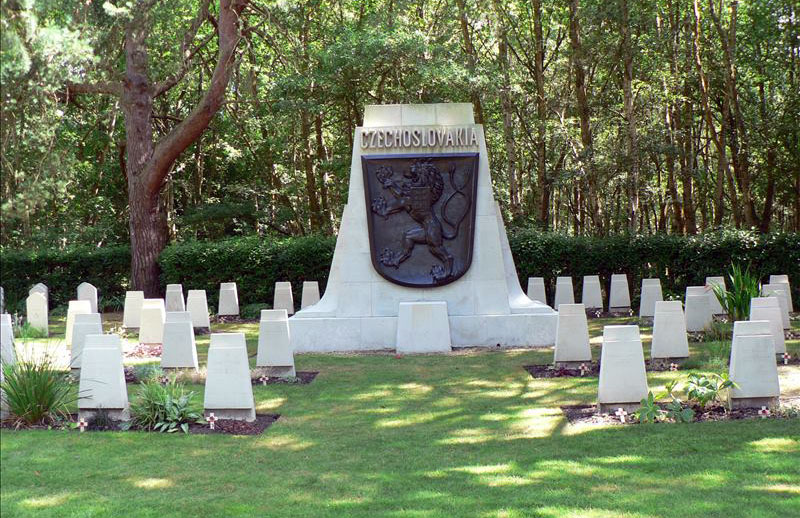
I visited the crash site in August 2011 as part of a two day backpacking trip visiting Anson R9584, this Oxford and Wellington L7775 as well as climbing the Munros of Ben Avon and Bhein a'Bhuird. This Oxford is one of the most remote sites in the country which probably explains why it is such a good example of an Oxford crash site with it remaining pretty much untouched by the idle passer-by in the last sixty years. Despite this the modern graffiti on one of the engines is unacceptable given the memorial less than five metres from it.
